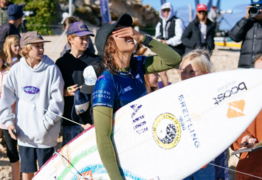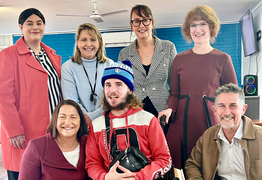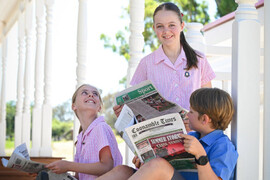Around and about with Gerringong Rotary
Local Contributor
27 May 2025, 6:00 AM
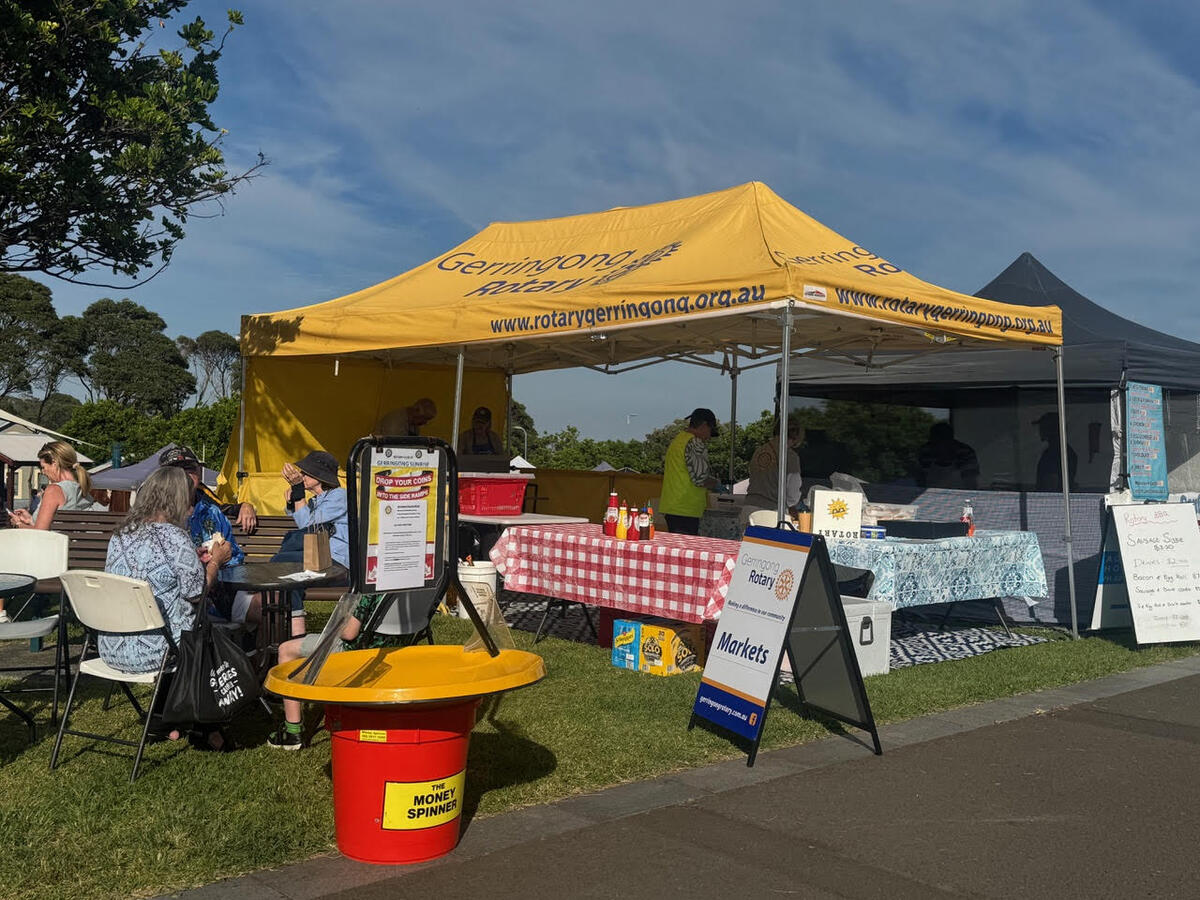
By Stephanie Kemp
New members and friends always welcome - see www.gerringongrotary.com.au or contact [email protected].
The April Markets, held on Easter Saturday, were a great success. We had the best BBQ results for a while and were able to donate funds to support those affected by
the Queensland floods.
Our club continues to support the work undertaken worldwide by ShelterBox, who work with disaster-affected communities to provide the emergency shelter, essential items and training needed to support families in the long process of rebuilding their lives.
This year marks ShelterBox’s 25th year since being founded. Since inception, with the assistance of Rotary, ShelterBox have supported over three million people recovering from disaster or conflict.
Rotary's partnership with ShelterBox continues to make a significant impact across the globe including supporting families in Lebanon and Gaza (through collaboration with Rotary in Jordan), those who lost their homes after Hurricane Beryl swept through the Caribbean, and those families displaced through drought in Ethiopia.
The Story of the Core Store
Residents of Gerringong and Berry will have noticed the cool, new(ish) surf style clothing stores with the attractive wooden fit-out that appeared first in Gerringong and more recently in Berry.
Grant Findlay and Mick Morgan, friends, business owners and long-term locals, were visiting speakers at our first meeting for April.
Grant is the artist behind the graphics on their clothing, while Mick has a background in retail, having run a number of surf shops previously.
The Gerringong Rotary Club has been fortunate to have received the benefit of Grant and Mick’s experience when they assisted in the design and manufacture of the club’s new T-Shirts.
Grant went to art school and studied fine arts, but channelled his artistic side into landscaping, specialising in rocks, ponds, pools and waterfalls.

He also sculpted and had his own gallery, but when the lease ran out, he went into printing with Mick doing mostly workwear but also starting the Hidden Fury label.
When the current shop space came available in Gerringong, with space at the back to do the printing it seemed like the right time to let the workwear business go and follow their passion.
After a series of setbacks, Mick went travelling around Australia and came back knowing that he wanted a shop, but not a conventional surf shop.
He and Grant got talking and their business was born - 85% of the products sold at Core Store are their own brands, Hidden Fury and Generation Earth.
Hidden Fury is more surf style, whereas Generation Earth is their eco brand, using organic cotton.
Their focus is on good quality and design and sustainability and they intend to continue printing on site.
With two bricks and mortar stores, the next phase is to take their wares online. With locations in Gerringong and Berry, a lot of visitors pass through the shops and ask where they can buy the products at home.
We always enjoy hearing tales of successful local small businesses, particularly one that has been a friend to the club..
Defining Symbols of Australia: Museum call-out for Australiana
Sue Blanchfield from the Gerringong District Historical Society (GDHS) spoke at one of our recent meetings on Defining Symbols of Australia.
Sue is a retired lecturer in visual arts from the University of Wollongong.
Gerringong Heritage Museum is preparing for an exhibition in October on Australia’s defining symbols, using banners lent by the National Museum of Australia, which will be supplemented by artefacts sourced from the local community.

The GDHS needs us all to look in our cupboards for Australiana like the ceramics and embroidery that were so popular in the 20th century.
Sue took us through a visual presentation of our symbols being rendered in different styles and for different purposes – the official, such as flags and coats of arms, first nations art, early drawings of our flora and fauna by the English explorers and domestic items such as embroidered doilies and the Kookaburra stove trademark.
She started with a tapestry by Valerie Kirk, showing the kangaroo and the emu on either side of a pinecone, a juxtaposition of the native and the introduced, which is a constant theme in looking for defining symbols of Australia.
Our flag has developed from the Union Jack to the current version, adopted in 1954, with the Union Jack in one corner, the seven-pointed star and the southern cross.
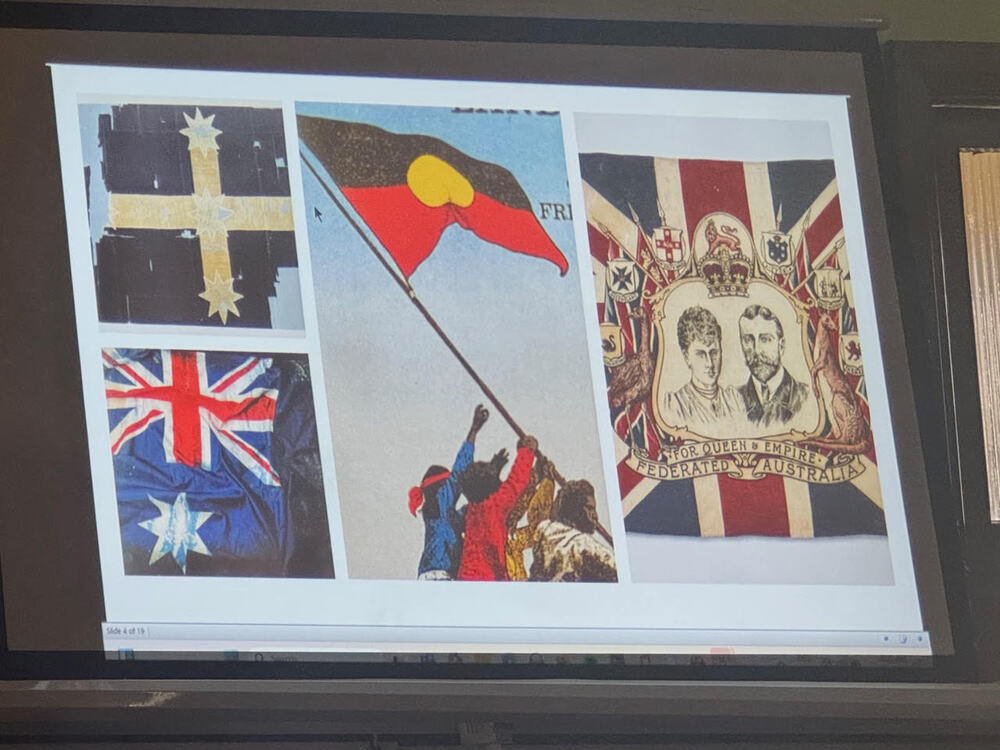
However, two other symbolic flags also carry a wealth of meaning – the Eureka Stockade flag and the First Nations flag which was only designed in 1970 but has become part of everyday life.
A 1932 poster by Douglas Annand celebrating the opening of the Sydney Harbour Bridge introduced the image of the archetypal bronzed Aussie surfer, an image that has dogged Australians who are not bronzed and sporty ever since!
There is something paradoxical about our symbols; everyone loves our native animals – travellers take clip on koalas to give away and the sight of a Qantas kangaroo at the beginning of the journey home brings a sigh of relief.
At the same time, we allow widespread destruction of their habitat. The kangaroo and the emu on the coat of arms date back to 19th century folk art but were only officially ratified as Australia’s coat of arms in 1912.
Whether it was really because neither creature can go backwards, no one knows!
So if you have got some Australiana in the back of your cupboard, now is the time to dust it off and celebrate our defining symbols.
The museum will be using secure lockable display cabinets. Send a picture of your item to [email protected]
NEWS

